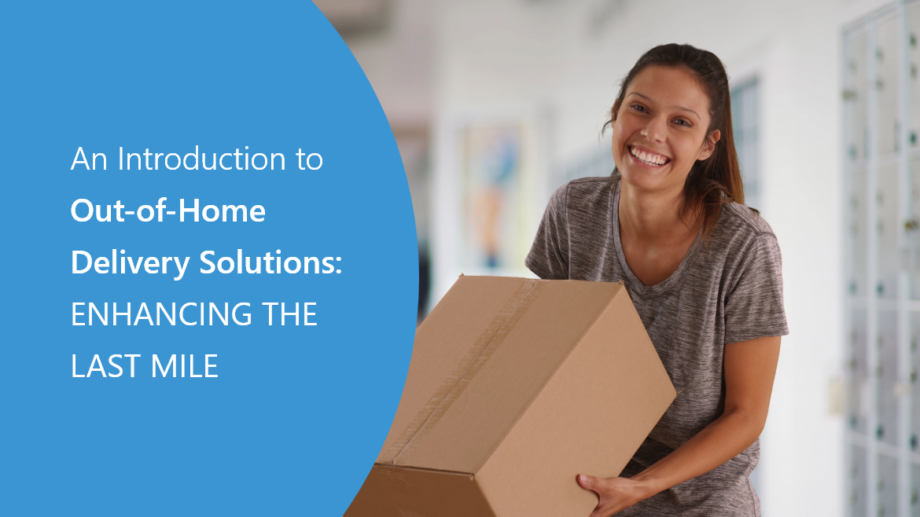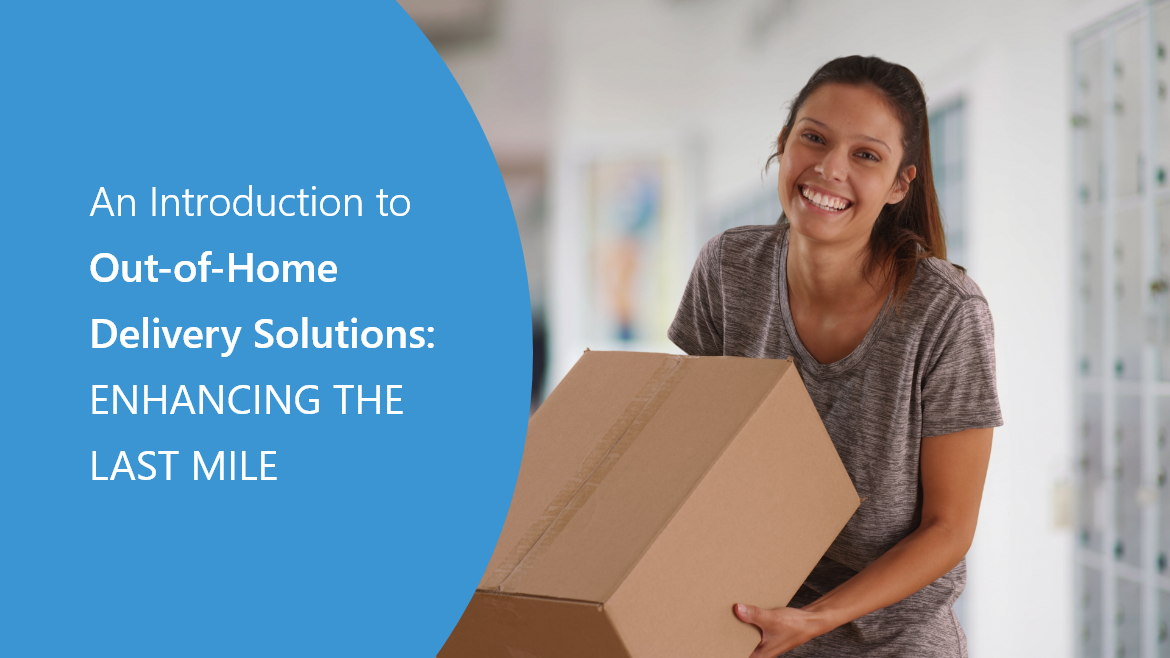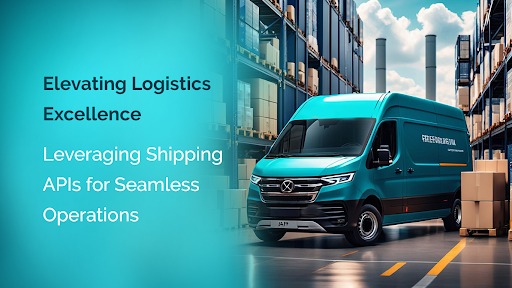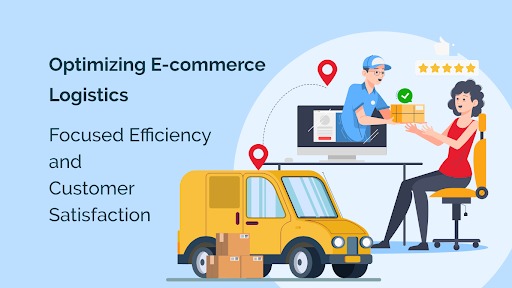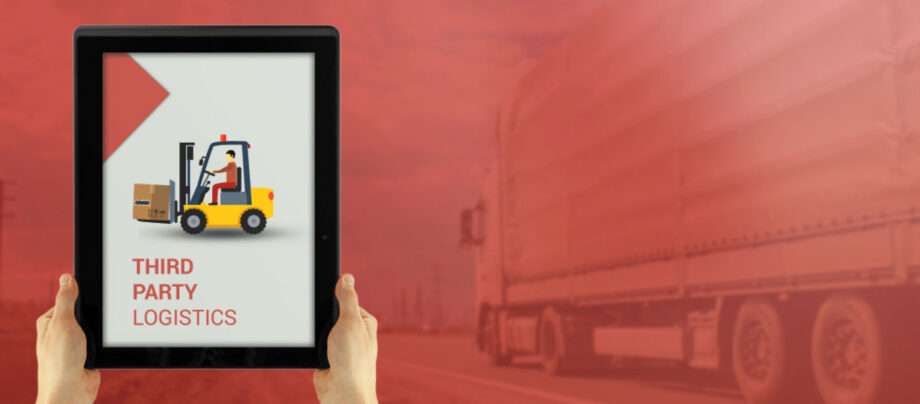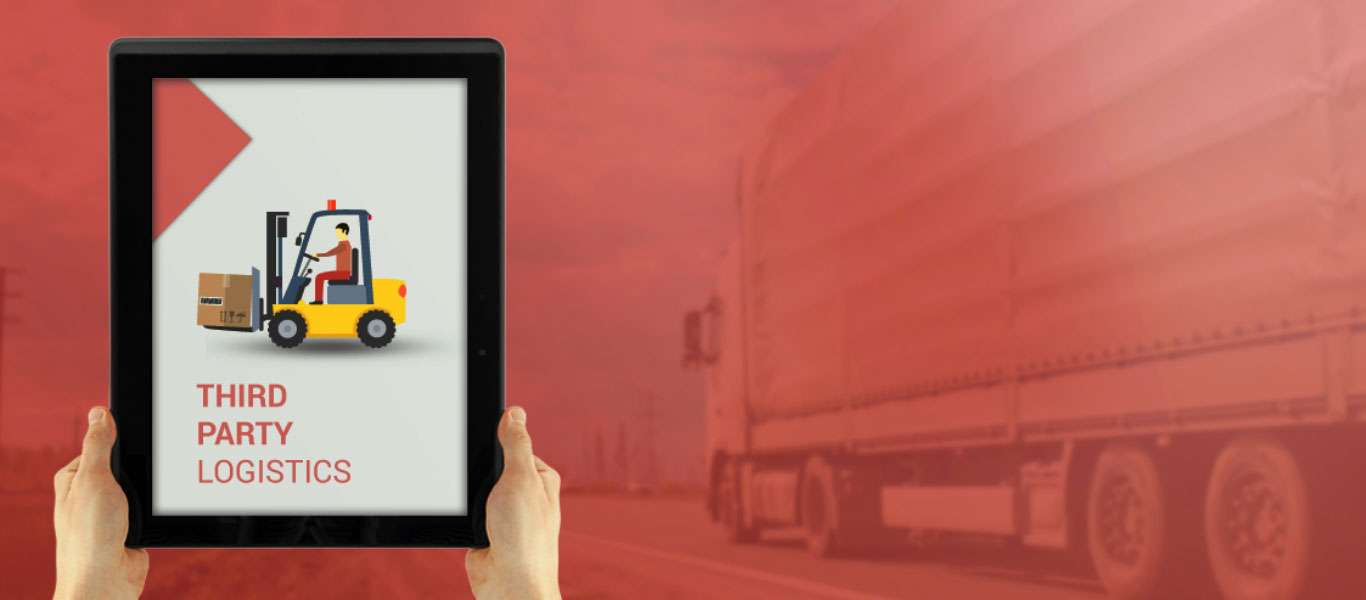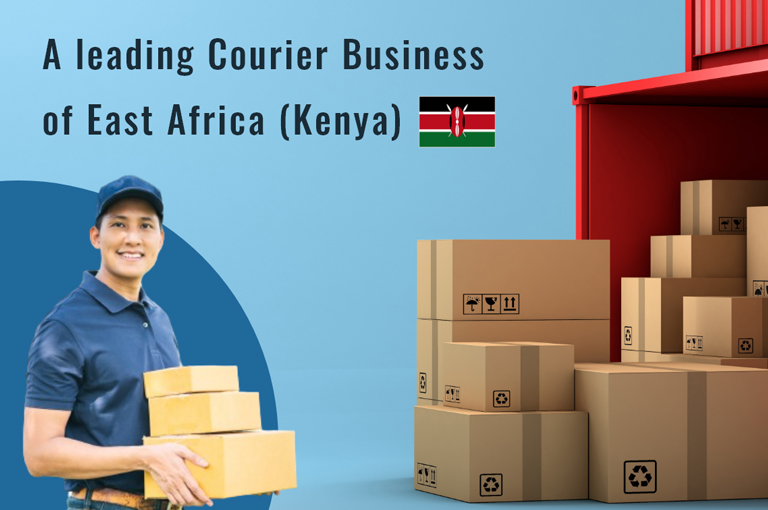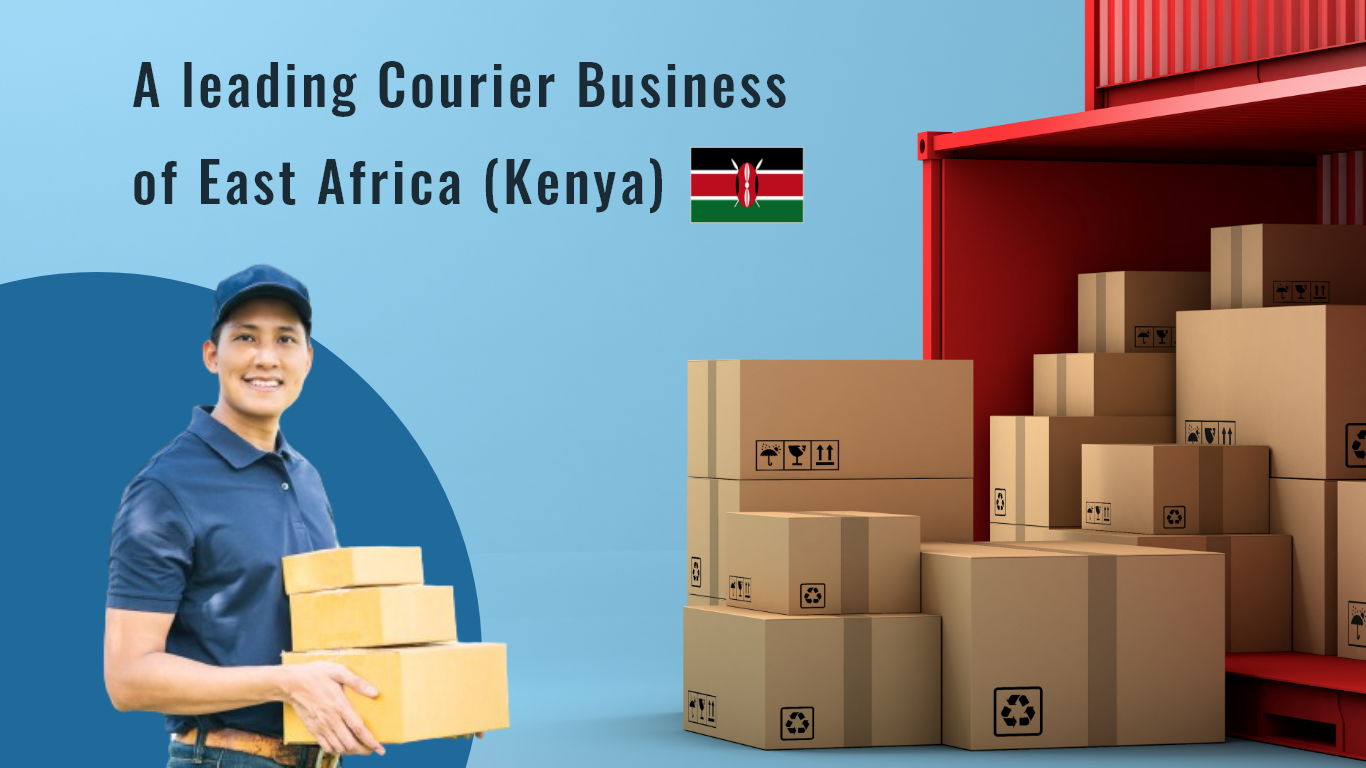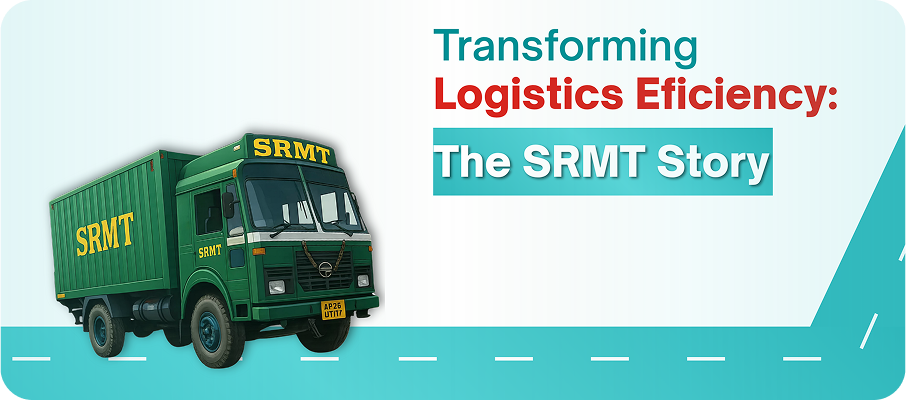
Transforming Logistics Efficiency: The SRMT Story
SRMT was founded in 1944 and has since grown to become one of India’s leading providers of logistics and supply chain solutions. They specialise in integrated consolidation, distribution and transportation services for a wide range of industries like automotive, pharmaceuticals, FMCG and manufacturing.
Key CapabilitiesSRMT operates across around 400 locations spread over the 5 states of Andhra Pradesh, Telangana, Tamilnadu, Karnataka and Puducherry, which include the Agents and the Transhipment Centers, supported by well established Infrastructure, Fleet both Own & Hired, skilled workforce and IT systems that enable real-time tracking, efficient inventory management and smooth financial processing.
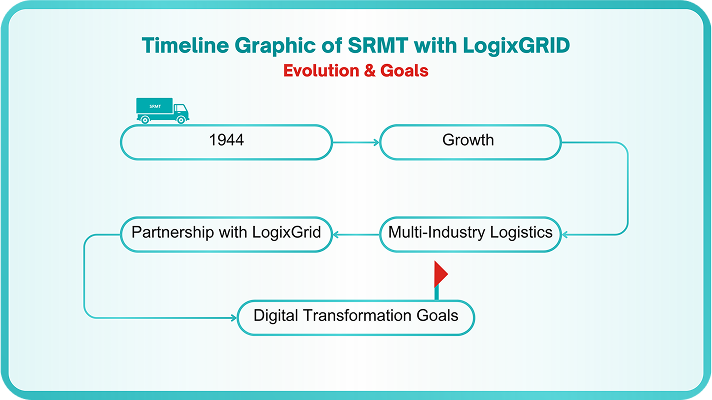
Challenges and Objectives
SRMT operates within the fast-paced and complex transportation and logistics industry, where operational efficiency and financial accuracy are important for maintaining competitive advantage.
1. Rate Matrix Computation:
Assuring precise and adaptive rate calculations is important for maintaining competitive pricing without sacrificing profitability.
2. Transit Expense Management:
Controlling variable and fixed transit related costs such as fuel, tolls and driver allowances.
3. Billing Efficiency:
The company requires a simplified billing workflow capable of generating accurate, timely invoices to reduce payment delays and build customer trust.
4. Agent Commission Management:
Accurate, transparent tracking of agent commissions and channel partners.
5. Improved Customer Visibility:
SRMT aims to provide real-time shipment tracking and communication capabilities.
Addressing these challenges LogixGrid ERP supports SRMT’s goal of using technology-driven solutions to improve agility, financial control and customer service.
LogixGRID’s Solution
A. Complex Rate Matrix in Shipment Amount
Generally in the Logistics Industry the Freight Computation is based on 2 parameters: the rate and the weight, the rate varying from sector to sector. In SRMT we had 3 parameters including the distance.
Distance Matrix Submodule for Distance Computation : Automatically computes distance between origin and destination OUs (Operating Units) during shipment creation for real-time freight accuracy.
Customer Contract and Master Contract for Freight Calculation : Supports minimum distance and amount settings in both customer-specific and master contracts. During shipment entry, charges are auto-validated against agreements.
Key Benefits:Impact :
Simplifies pricing, reduces errors and enforces contract-compliant workflows.
B. Demurrage Rate Calculation
Allows configurable demurrage rates based on warehouse storage duration, supporting both customer-specific and master terms.
Automated Demurrage Charge Computation at DeliveryDuring Delivery Run Sheet generation, waybills are auto-verified for demurrage eligibility, triggering alerts.
Demurrage Charge Receipt GenerationDemurrage charges are auto-calculated and collected before delivery.
Key Benefits:Accurate, timely charges improve financial and operational speed.
C. Agent Commission Calculation
Allows flexible commission structures based on weight or tariff percentage for both pickup and delivery phases.
Automated Commission CalculationCommission is auto-computed for pickup and delivery using the relevant contract rate matrix.
Integration with Shipment BookingCommission processing is embedded in booking workflows, ensuring simultaneous agent compensation.
Key Benefits:Improves accuracy and speed in agent payments.
D. Discount Management in Shipment Booking
Combines customer/master contracts to control tariff-level discount eligibility.
Discount Requisition Process and Approval WorkflowOther than Contract discounts, discounts to walk-in customers is facilitated through the Discount Requisition module. Discount requests are routed to approvers and tracked in- system.
Automated Discount ApplicationApproved discounts are applied automatically; rejections trigger alerts to prevent misuse.
Key Benefits:Enables controlled and consistent discounting aligned with business rules.
E. Transit Expense Management
Fuel costs are calculated using vehicle-specific mileage; driver allowances are based on travel distance and days.
Vehicle Route Submodule for Route and Fuel Expense ManagementTracks route and fuel data for cost optimization.
Vehicle Movement Submodule for Tracking Vehicle ActivityMonitors delays and inefficiencies via arrival/unloading timestamps.
Key Benefits:Reduces costs and enables smarter logistics decisions.
F. Vehicle Expenses and Spare Parts Management
Tracks vehicle costs and issues alerts for document expiry.
Spare Parts Procurement via Purchase OrdersSupports optimal inventory through timely spare procurement.
Spare Parts Inbound and Inventory ManagementTracks receipts, inventory and inter-OU transfers.
Key Benefits:Improves fleet efficiency through proactive cost and stock management.
G. Shipment Invoicing
Supports all shipment related charges in a unified receipt.
Payment Collection and Posting to AccountsEnsures real time payment updates and account book synchronization.
Invoicing for Regular CustomersEnables multi-shipment invoicing and tracks invoice-level payments.
Key Benefits:Enhances financial discipline and scalability in billing operations.
H. DEPS (Demurrage, Extra, Shortage and Pilferage)
Captures demurrage, extra, shortage and pilferage data for each waybill.
Print Functionality for Record MaintenancePrint-ready DEPS data supports audits and internal reviews.
Closing DEPS Once ClearedIssues are marked resolved after investigation, maintaining system hygiene.
Key Benefits:Reduces revenue loss and improves issue resolution timelines.
I. Customer Portal for Shipment Tracking and Reporting
Customers access real time shipment statuses and locations via a 24/7 portal.
Business Reports and InsightsOffers shipment metrics, billing summaries and customizable reports with export options.
Key Benefits:Improves customer satisfaction and strengthens SRMT’s tech-forward image.
J. Automated Email and SMS Services for Shipment Updates
SMS APIs send automated milestone alerts for dispatch, arrival and delivery.
Automated Email Notifications for Shipment UpdatesEmails are triggered at each shipment stage with detailed info.
Key Benefits:Strengthens customer trust with consistent, automated updates.
Module-wise Solution Overview
| Feature / Module | Freight Charges | Demurrage | Commission | Discounts | Transit Expenses | Invoicing |
|---|---|---|---|---|---|---|
| Contract Type Used | Customer & Master | Customer & Master | Pickup/Delivery | Customer & Master | Route Based | Customer & Master |
| Automation Enabled | ✓ | ✓ | ✓ | ✓ | ✓ | ✓ |
| Real-Time Integration | ✓ | ✗ | ✗ | ✗ | ✓ | ✓ |
| Approval Workflow | ✗ | ✓ | ✓ Configurable | ✓ | ✗ | ✗ |
| Alerts & Notifications | ✗ | ✓ | ✓ | ✓ | ✓ | ✓ |
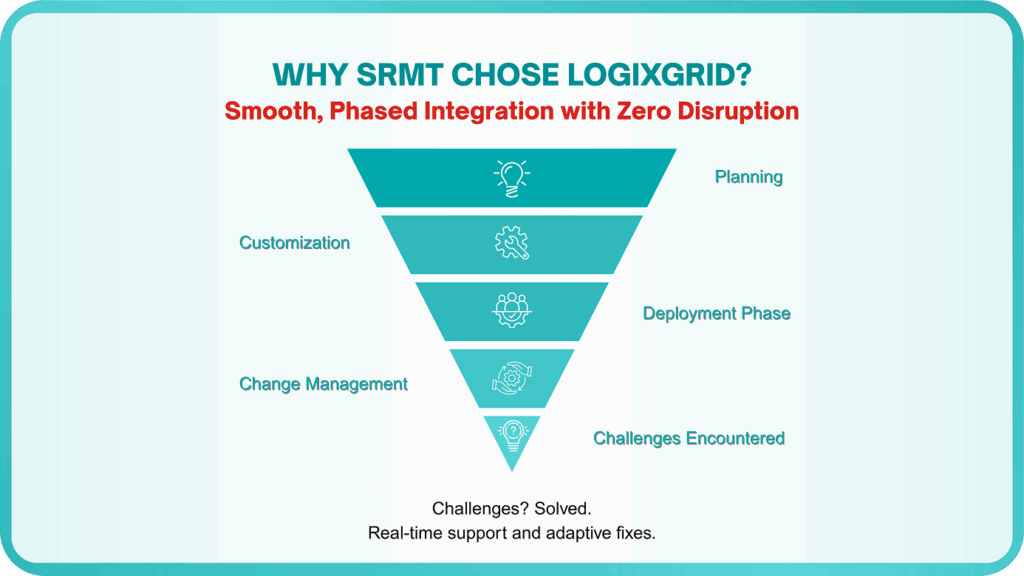
Implementation Process
A structured and phased implementation approach was adopted to ensure smooth integration of LogixGRID within SRMT’s operations.
1. Planning Phase : SRMT and LogixGRID collaborated through workshops to align project goals and integration
points, ensuring a smooth transition.
2. Customization and System Configuration : LogixGRID was customized to reflect SRMT’s pricing, workflows and
regional compliance needs.
3. Deployment Phase : Phased deployment included staff training, data migration and testing to minimize risk.
4. Change Management : Change management involved training, documentation and feedback loops to drive user
adoption.
5. Challenges Encountered : Challenges like data issues and user adaptation were tackled through real-time
support and testing.
Metrics That Matter
Quantified Impact Across Operations
| Area | Freight Charges |
|---|---|
| Client Onboarding | ↓ 40% onboarding time (1–2 weeks vs. 4–6 weeks) |
| Order Efficiency |
↓ 30–50% processing time ↓ 25% picking/packing time ↑ 20% throughput ↓ 15% dispatch lead time |
| Cost Savings |
↓ 20–30% labor costs ↓ 15–25% overheads ↑ 10–15% profitability |
| Accuracy & Visibility |
↑ 98% inventory accuracy ↓ 85% stock discrepancies ↑ 99% order fulfillment accuracy ↑ 20% on-time delivery |
| Scalability | 3× order & client volume with no added manpower or complexity |
| Client Satisfaction |
↑ 15–20% CSAT ↑ 25% repeat business |
Operational Levers Behind the Metrics
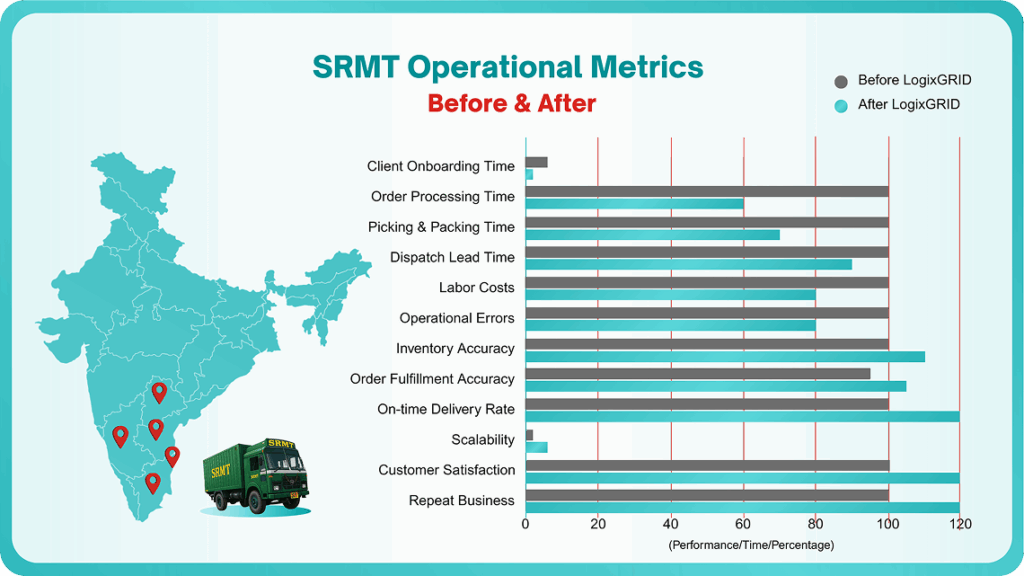
Complex Rate Matrix Engine
Modular Onboarding System
Rules Based Allocation Logic
Inventory Visibility with Auto Replenishment Signals
Exception Handling Automation
Scalability Through Configurable Modules
A Word From SRMT
– Operations Manager, SRMT
“The LogixGRID invoicing module has simplified our financial workflows remarkably. Automation of invoicing and payment processing minimizes manual mistakes and frees up our team’s time. Real-time payment tracking and automatic ledger updates have enhanced financial transparency and eased reconciliation efforts. We now manage cash flow more proactively, supported by consistently accurate financial data.”
– Finance Manager, SRMT




